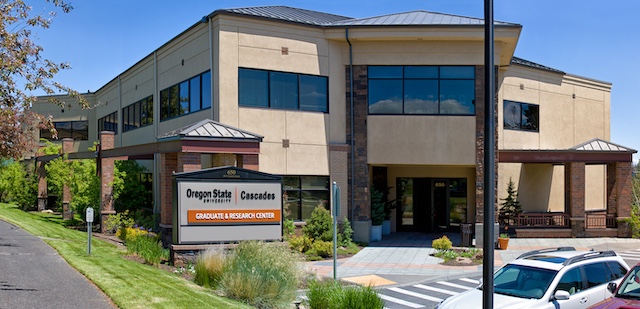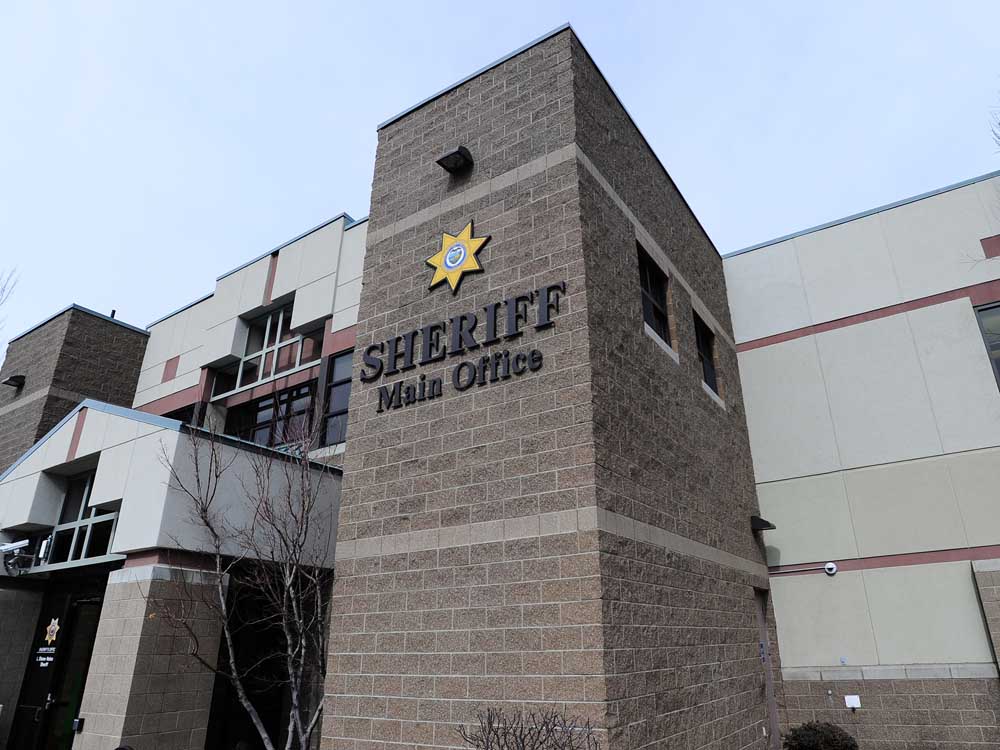A decade later, NASA still feels tragedy
Published 4:00 am Friday, February 1, 2013
WASHINGTON —
Space shuttle landings were supposed to be routine. And until Feb. 1, 2003, they were — at least to most Americans.
Trending
Much like the 1986 Challenger disaster, that expectation of normalcy was a big reason why Columbia’s disintegration over the southwestern United States so shocked and horrified the nation.
Adding to that agony was the eventual realization that, once again, human failings were a root cause of why seven astronauts were dead. Their names: Commander Rick Husband, pilot William McCool, Michael Anderson, Kalpana Chawla, David Brown, Laurel Clark, and Ilan Ramon of Israel.
Officially, the accident was caused by a briefcase-sized chunk of insulating foam that came away from the shuttle’s external fuel tank and punched a hole in the orbiter’s left wing 81.9 seconds after launch Jan. 16. NASA engineers had long ignored foam coming off the tank — believing it was essentially harmless — but the damaged wing could not protect the orbiter from the searing heat of re-entry.
In the months that followed, NASA was forced to re-examine nearly every facet of its operation, from launch safety to how employees talked to one another. And a special investigation board appointed to determine the cause of the tragedy came to this stunning conclusion:
“We are convinced that the management practices overseeing the Space Shuttle Program were as much a cause of the accident as the foam that struck the left wing.”
Ultimately, shuttles flew again, and — in 22 missions — completed construction of the International Space Station. On July 21, 2011, the final flight of Atlantis ended the program. The three remaining shuttles are now museum pieces.
Trending
But 10 years later, those closest to the Columbia tragedy said the same risks remain. Space travel is still dangerous. Policymakers in Washington continue to ask NASA to do too much with too little. And basic human weaknesses such as ego and apathy are ever-present.
Rodney Rocha, NASA engineer
Of all the pain caused by the Columbia disaster, what hurt NASA workers most was the determination by accident investigators that NASA’s safety culture was “as much a cause of the accident” as the foam that led to the orbiter’s destruction.
Rodney Rocha was an outspoken example of how the agency’s “culture” failed. The engineer repeatedly tried to persuade NASA managers to get telescopic pictures of Columbia’s wing before re-entry to better understand the damage.
Rocha was ignored by managers, who couldn’t believe a piece of insulating material — the consistency of Styrofoam — could crack open the orbiter’s wing.
Ten years later, Rocha said he still regrets not “breaking the door down” to force NASA higher-ups to get those pictures and maybe develop a last-ditch rescue plan.
But Rocha, still with NASA, said that since the disaster, the agency listens more to concerns raised by its frontline engineers.
A key example, he said, was the 2009 mission to repair the Hubble Space Telescope. Because the telescope was too far from the space station for the shuttle to use it as safe haven, the only way to rescue the astronauts in case they got in trouble was to send another orbiter.
Rocha said NASA managers initially underestimated the difficulty of transferring astronauts from a stranded orbiter to a rescue orbiter — until he and other engineers stepped forward.
“I think it illustrates the change — and I hate to use the word ‘culture’ — but a (new) openness to alternate technical views,” he said.
Dr. Jonathan Clark, grieving husband
Of all the questions asked in the aftermath of Columbia, Dr. Jonathan Clark — husband of mission specialist Laurel Clark — said it’s one from their son, Iain, that keeps ringing in his head.
Just 8 at the time of the accident, Iain wanted to know why his mom didn’t bail out of the shuttle as it broke apart.
Though investigators would conclude that crew survival was impossible — given the orbiter’s design and its speed at break-up — the question has nagged at Clark, a former NASA flight surgeon and now an associate professor of space medicine at Baylor University.
So in the decade since, he has devoted himself to finding ways to improve the safety of astronauts and adventurers.
“You have got to find ways to turn badness into goodness. You have to,” he said. “It’s the only way you get through this.”
Clark has written papers on crew survivability and most recently served as medical director for the Red Bull Stratos mission, in which parachutist Felix Baumgartner plunged about 127,000 feet and became the first person to break the speed of sound while in free fall.
“What you are seeing is an expansion of the human survival envelope,” Clark said.
Wayne Hale, NASA manager
As first days on the job go, few could be worse than the one endured by Wayne Hale.
A longtime flight director at Johnson Space Center, Hale began a new job as shuttle launch integration manager at Kennedy Space Center on Feb. 1, 2003.
“All of us expected the Columbia crew to come home safe and sound,” said Hale, who went to work early that Saturday morning to watch the landing. “And the failure of the vehicle was beyond belief.”
In the aftermath, Hale became a key player in ensuring the disaster never occurred again — becoming manager of the shuttle program in 2005.
One of his more visible efforts was setting up a new meeting room at JSC aimed at facilitating communication between frontline engineers and managers overseeing a shuttle flight — a disconnect that was blamed as one of the root causes of the accident.
In that room, Hale hung several posters that underlined the need for safety.
One of them, dubbed “Remember,” was a photo of the shuttle on its launchpad, nearly enveloped by low clouds, and a quote from Walt Williams, an early NASA manager: “You will never remember the many times the launch slipped, but the on-time failures are with you always.”
The posters hung until just a few months ago when Hale — now retired and a consultant to several commercial rocket companies — retrieved them after they were taken down.
He wonders what replaced them — and what that says about NASA a decade after Columbia.
“You talk about memory (of the accident) fading, and you have to wonder what they (NASA leaders) are thinking,” Hale said.
According to NASA, pictures of the space station now adorn the walls.
Adm. Hal Gehman, investigator
When NASA flew its last shuttle mission in July 2011, the occasion was marked with reverence and even regret by some. But to retired Navy Adm. Hal Gehman, who led the Columbia Accident Investigation Board, the safe landing of Atlantis brought a sigh of relief.
“The more I think about it, the happier I am that we retired the shuttle program,” said Gehman. “We would have gotten away with 30 or 40 (more) launches, and then we would have had another accident. The system was too dangerous.”
The dangers were detailed in his board’s 248-page report: from the lack of an effective escape system to constant pressure to launch despite shrinking NASA resources. Another factor: the mistaken belief the shuttle was “operational” — like an airliner — rather than a test vehicle that required constant vigilance.
Gehman said the board’s recommendation that NASA “recertify” the shuttle before flying it beyond 2010 was — in essence — a call to mothball the shuttle, as the cost of recertifying a vehicle with 2.5 million parts was prohibitively expensive.
“We knew we were effectively shutting down the program,” he said. But “we were never going to get to the next (era) of human spaceflight until we shut it down.”
Though NASA’s next vehicle configuration, the Space Launch System and Orion capsule, is being designed to include an abort system, Gehman said it’s still vulnerable to the same pressures of time and money that doomed Columbia:
“I can tell you that the pressures that caused bad engineering practices in the past are still there.”








